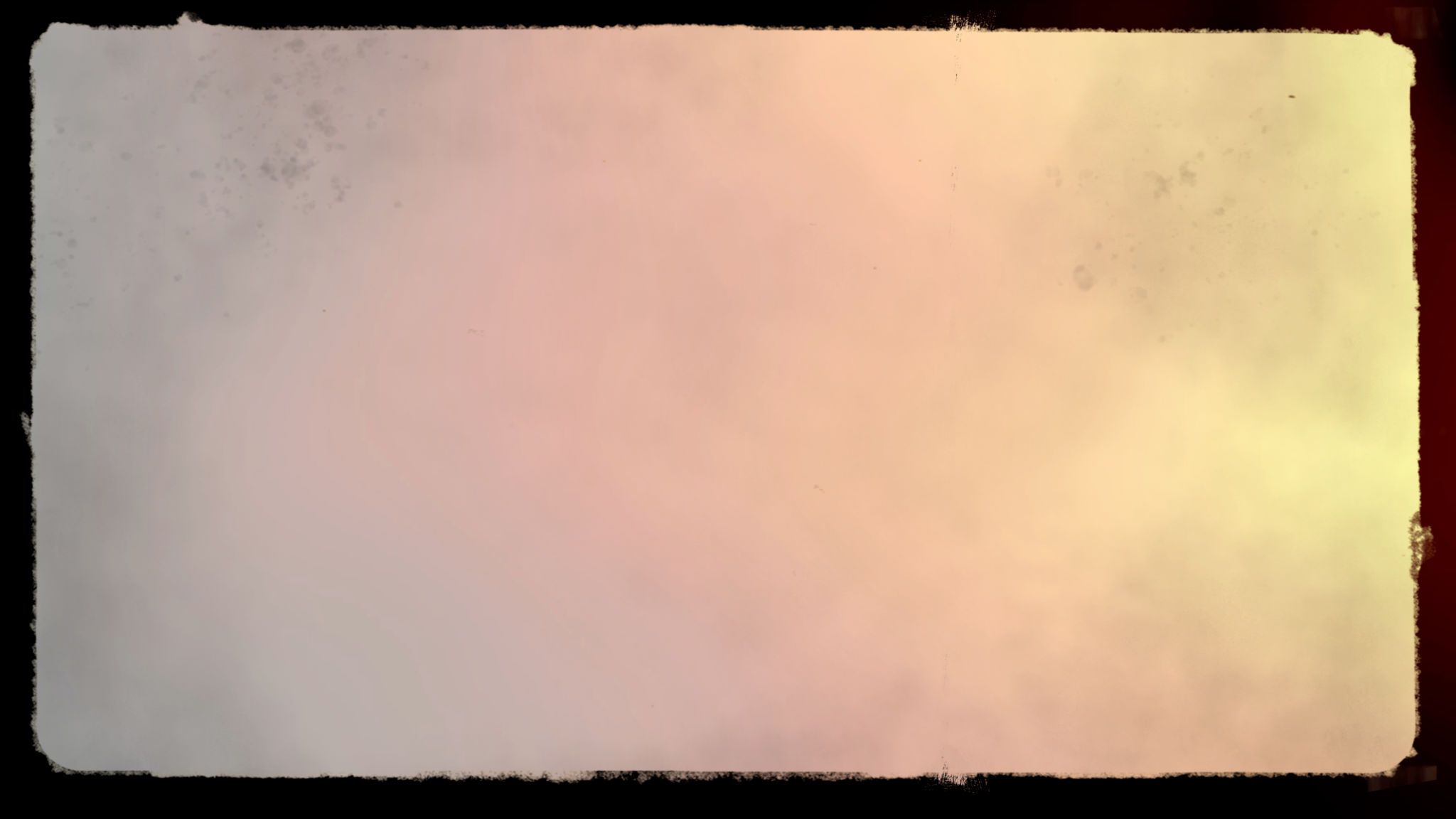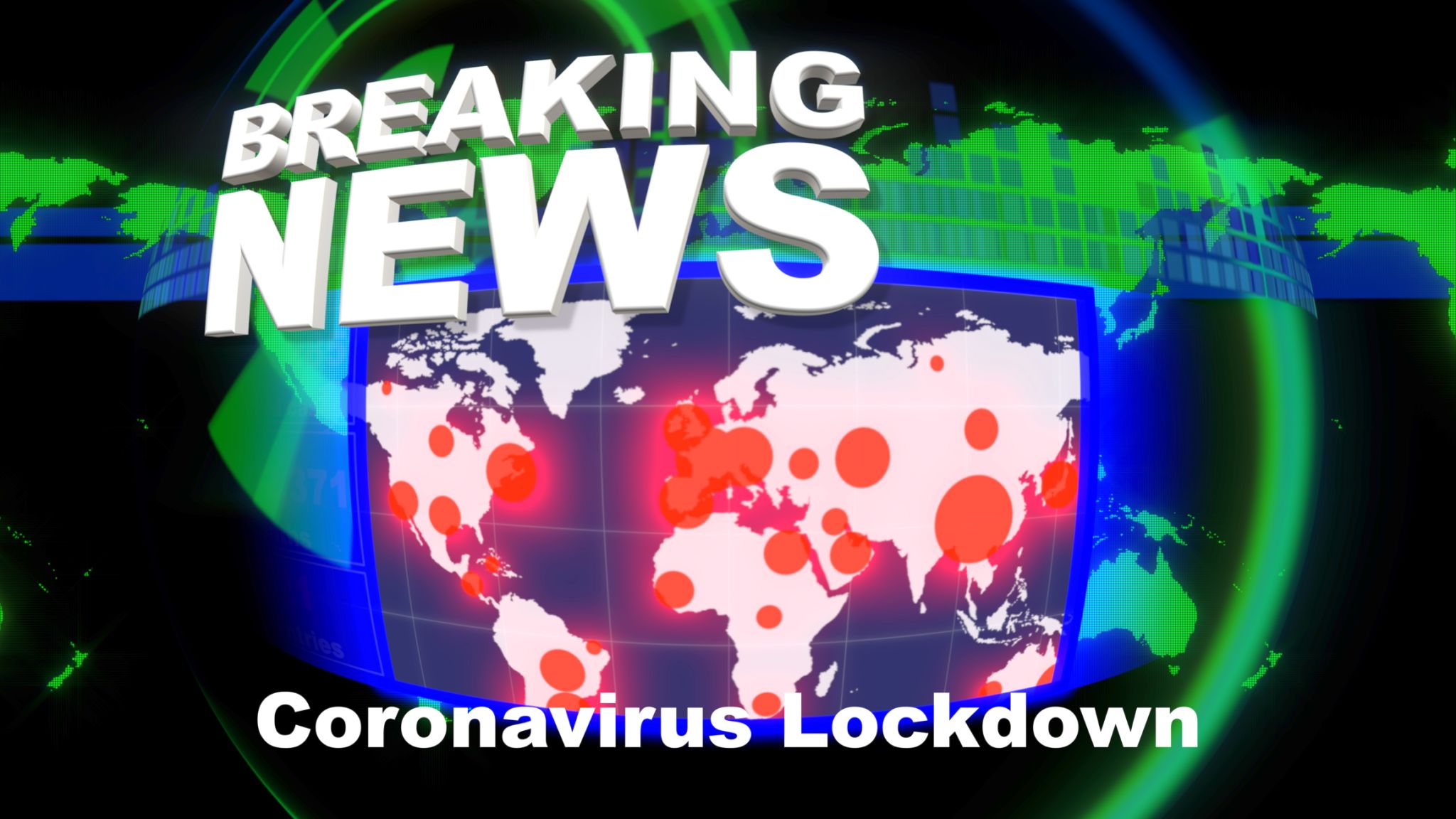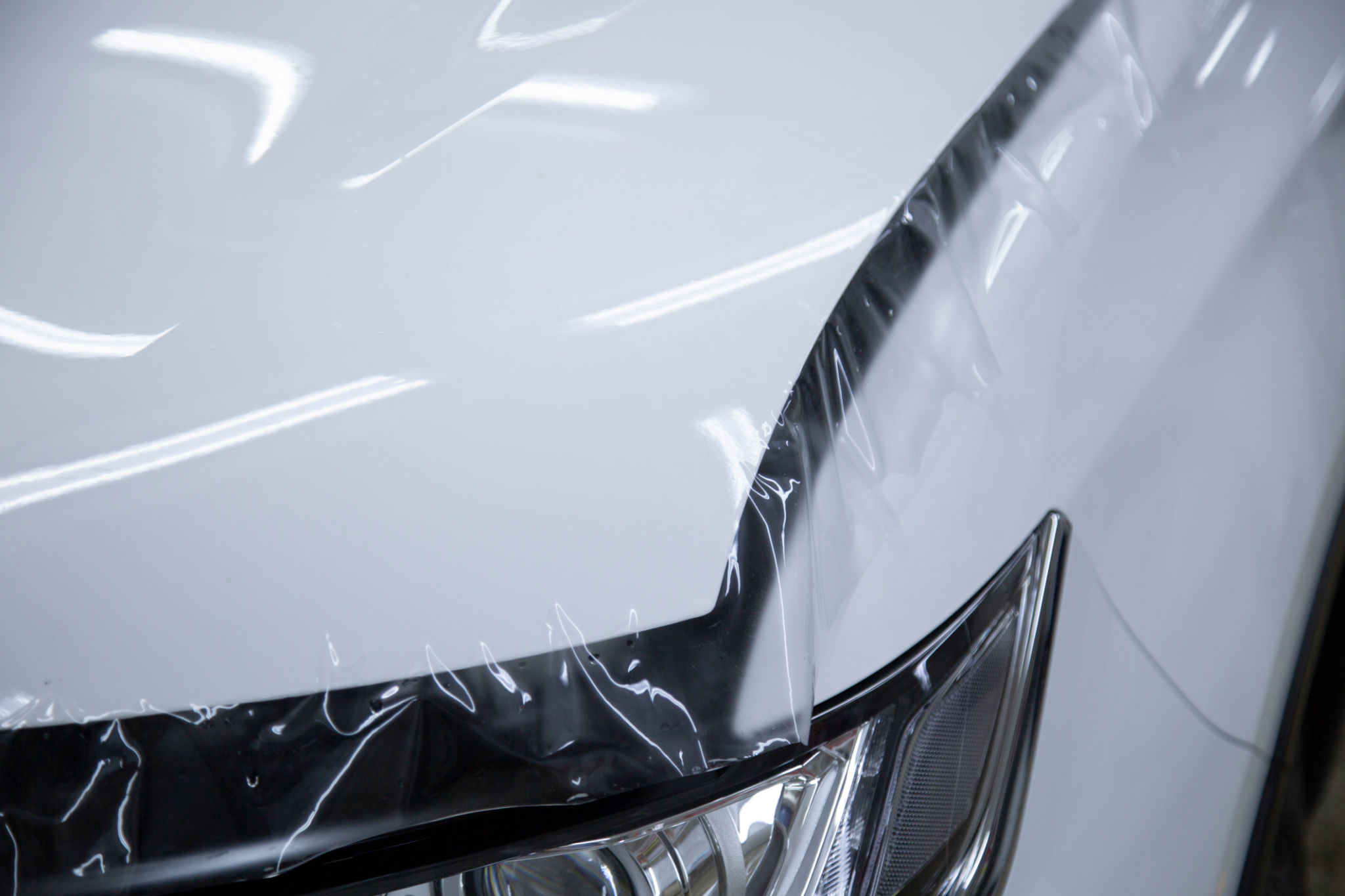Why Video Conversion is Essential for Preserving History in PE, Canada
The Importance of Video Conversion
In the digital age, preserving historical content has become more crucial than ever, especially in places rich with history like Prince Edward Island (PE), Canada. One essential method to ensure the longevity of these valuable resources is through video conversion. This process not only helps in maintaining the quality of historical footage but also makes it more accessible for future generations.

Preserving Historical Narratives
Historical videos are more than just moving pictures; they are narratives that capture the essence of a bygone era. Converting these videos from outdated formats to digital ones ensures that these stories are not lost to time. As technology evolves, many traditional formats like VHS and film reels are becoming obsolete. Without video conversion, we risk losing critical pieces of our heritage.
In PE, there are countless stories waiting to be told, from the early days of settlement to pivotal moments in local development. Digitizing these videos safeguards these narratives, allowing them to be shared and appreciated by future residents and historians alike.
Enhancing Accessibility and Sharing
Another significant advantage of video conversion is the enhanced accessibility it offers. Digitized videos can be easily shared across various platforms, reaching a wider audience. This is particularly important for educational purposes, where students and researchers can benefit from easy access to historical footage.

Moreover, digital formats allow for seamless integration into online archives and libraries, ensuring that anyone with an interest in PE’s history can explore its rich past. This democratization of information is vital for fostering a deeper understanding and appreciation of local heritage.
Protecting Against Physical Degradation
Physical media such as tapes and reels are susceptible to degradation over time due to environmental factors like moisture, heat, and dust. Video conversion helps protect against this inevitable decay by transferring content to a stable digital format. This not only preserves the video’s quality but also extends its lifespan significantly.
The process involves careful handling and expert knowledge to ensure that the original content's integrity is maintained during conversion. With digital backups, there is a reduced risk of losing invaluable historical data to physical damage.

Conclusion: A Necessary Investment
For communities like those in PE, preserving history through video conversion is not just a technological necessity but a cultural imperative. As custodians of history, it is our responsibility to ensure that future generations can access and learn from the past.
Investing in video conversion today means safeguarding our heritage for tomorrow. It allows the stories of PE’s past to be told anew, inspiring and educating for years to come.
